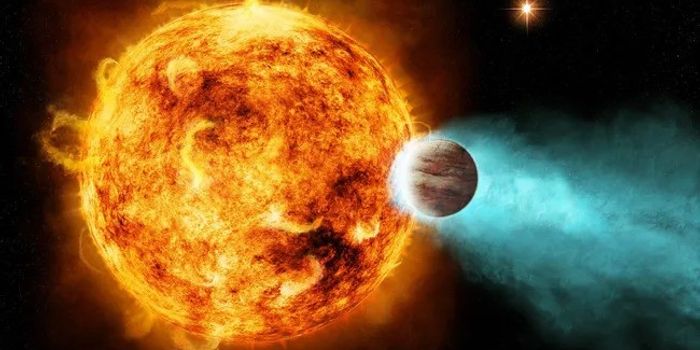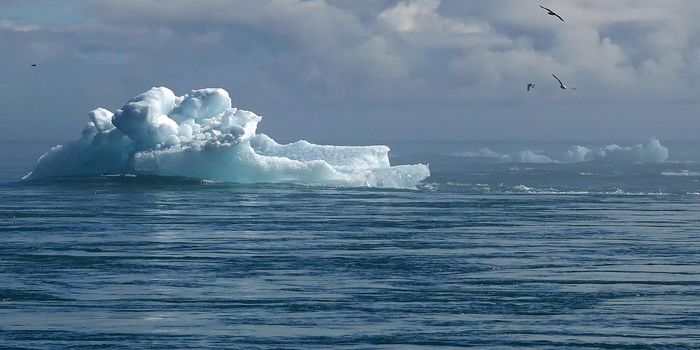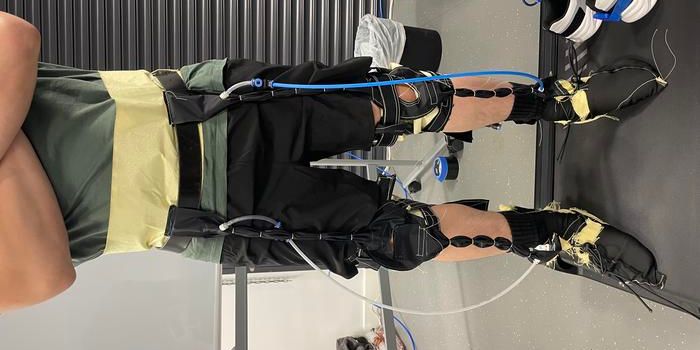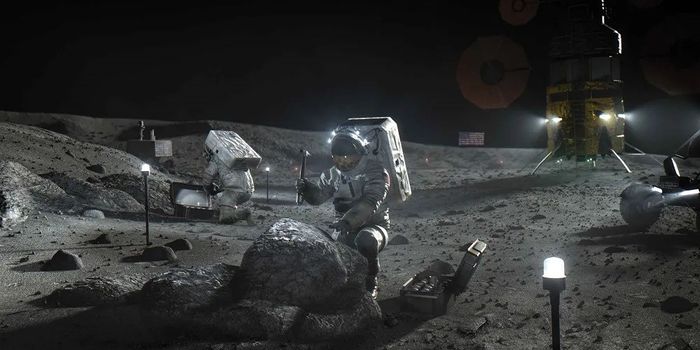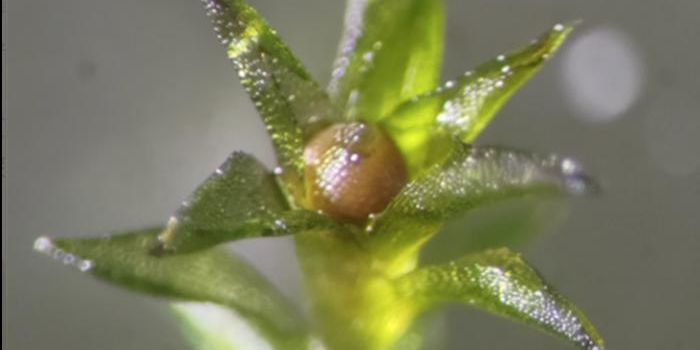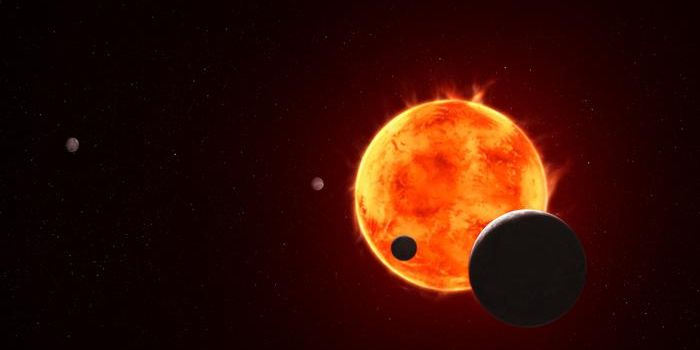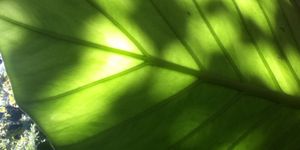Hui Hu, a professor of aerospace engineering, and Anupam Sharma, an assistant professor of aerospace engineering, both at Iowa State University, have discovered something important about wind turbines: they're not as nearly efficient as they could be.
How do Hu and Sharma know this? They're currently studying turbine configurations in Iowa State's Aerodynamic/Atmospheric Boundary Layer Wind and Gust Tunnel. Hu has an idea for a new, much more efficient wind turbine design: adding a second rotor.
Hu first developed this idea when he was leading an earlier study about the placement of turbines in land-based wind farms. He and his team found a number of inefficiencies in the standard turbine design.

"First," Hu points out, "check out the base of each blade. They're big, round structural pieces. They're not shaped like an airfoil. And so they don't harvest any wind, reducing a turbine's energy harvest by about 5 percent."
"Second," he continues, "the big blades disturb the wind, creating a wake behind them and reducing the energy harvest of any downwind turbines. A turbine sitting in the slipstream of another can lose 8 to 40 percent of its energy production, depending on conditions."
"To try to solve these problems, we put a small [second] rotor on the turbine. And we found that with two rotors on the same tower, you get more energy."
How much more energy? About 18 percent. "These are fairly mature technologies we're talking about," Sharma explains. "...a 10 to 20 percent increase is a large change."
But where to place a second rotor? How many blades should it have? What shape should the blades be? Should the rotors both spin in the same direction? Hu and Sharma have just been awarded two grants, one for $116,00 from the Iowa Energy Center, and another from the National Science Foundation for $330,000, to find the answers.
Currently, Hu and Sharma are testing a pair of scale models they've created of two possible new configurations for the two-rotor design. One model has three big blades and three mini-blades, all attached to the same hub. The second has a smaller, secondary rotor mounted in front of the larger main rotor. Hu and Sharma are putting both models through their paces both in the real world, in the wind tunnel, and in the virtual world, through intensive computer modeling and analysis including high-fidelity computational fluid dynamics analysis and large eddy simulations, all in an effort to find ways they can make their designs even more efficient and productive.
"We hope to get even better performance," Hu says. To that end, he and Sharma will use the data from analyzing their current models to create another generation of models, and eventually a new super-efficient design. But it's not easy, and it's not quick. "When we study more," Hu points out, "we learn more. And therefore we find more problems," as he did in his earlier study. "In research, the most difficult thing is not solving the problem, it's finding the problem."
Source: Phys.org


